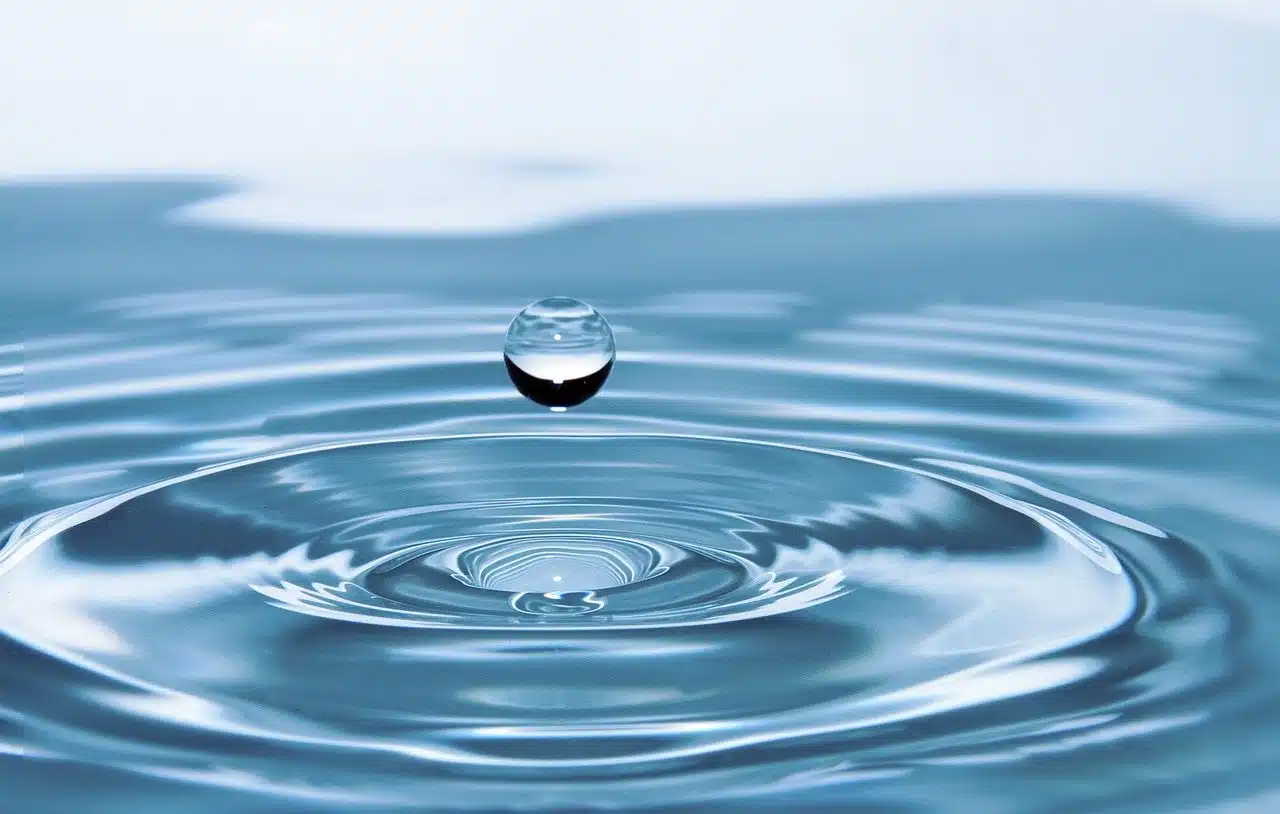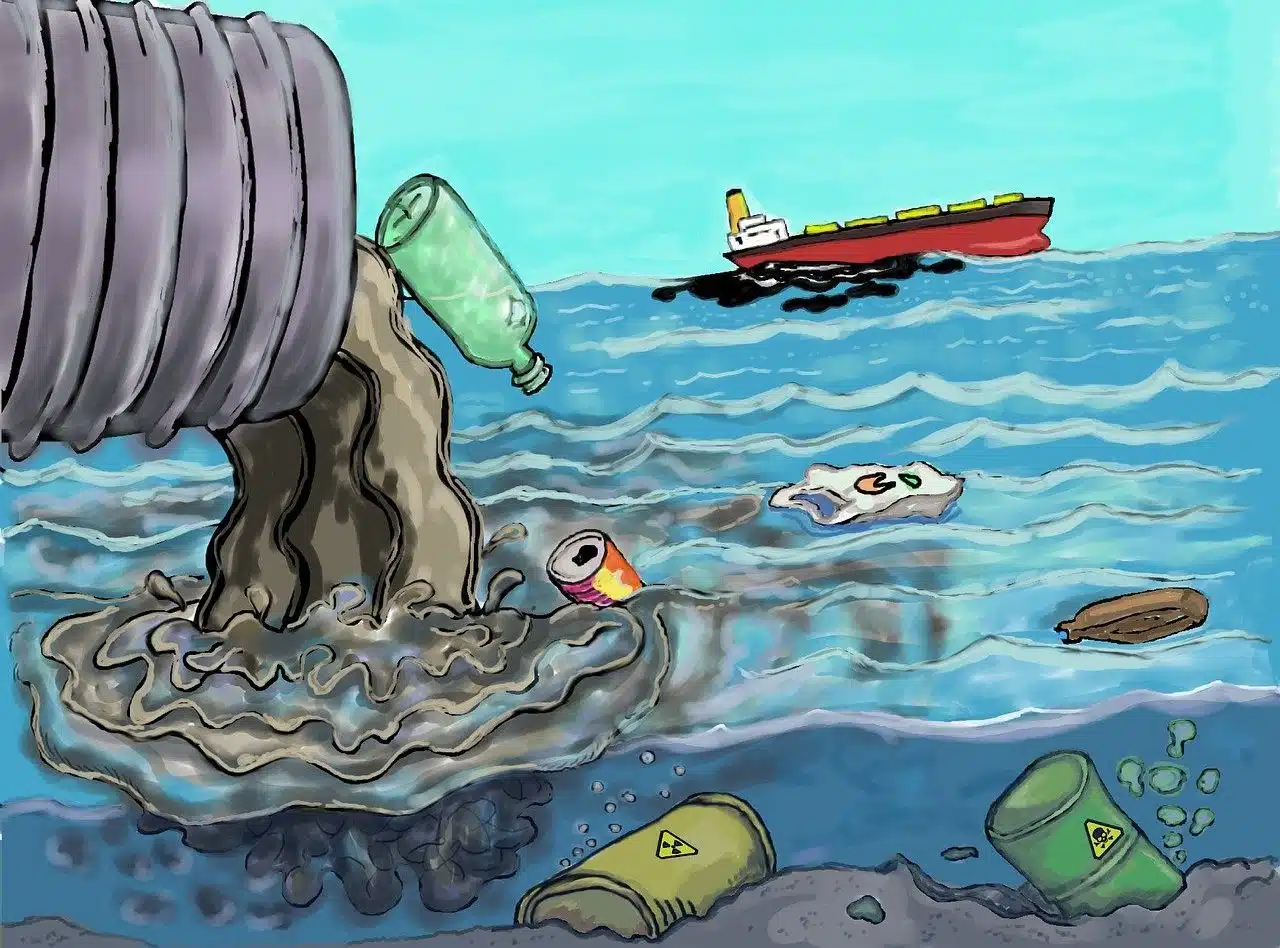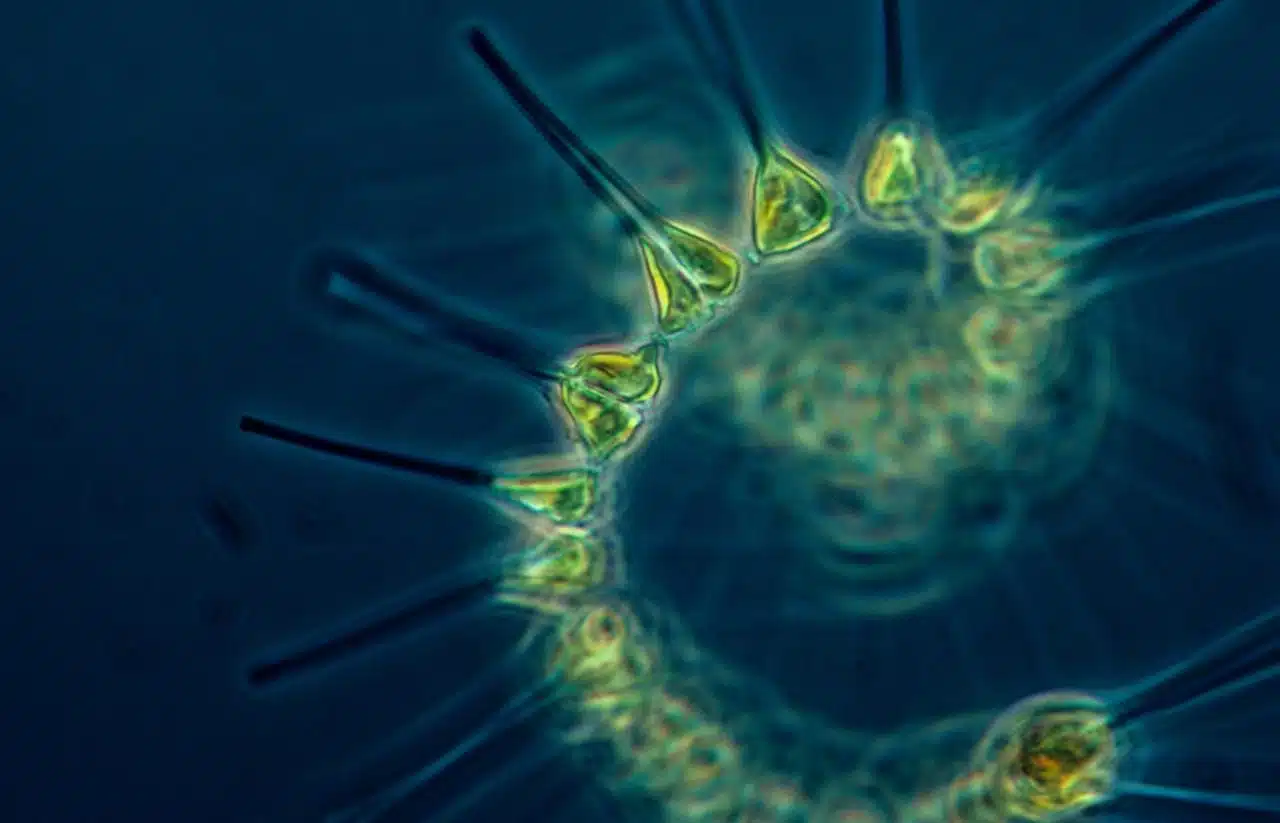
Determining and ensuring the quality of drinking water is important to protect health and not expose oneself to unnecessary dangers that threaten well-being.
Water quality is an expression that aims to describe what characteristics a certain sample or a certain body of water examined possesses. In this analysis process, the safety levels are evaluated when coming into contact, using it for human activities or consuming that liquid, since there are a lot of issues that can negatively affect the quality of the water .
By paying attention to the water quality index (WQI) , although we must not lose sight of the fact that they are not applied on a universal scale and have limitations, it is possible to determine the state of an ocean or a freshwater reserve , for example. .
Guarantee (despite climate change and the incessant demand for water fueled by significant population growth ) the access of all communities to drinking water , that is, generating from each State the conditions so that each society has a safe source of water for consuming or using without risk of suffering a health problem is essential for the well-being of each member of the Earth. It cannot be overlooked that, according to statistics collected and disseminated by the World Health Organization (WHO) , an enormous number of illnesses and deaths are closely linked to inefficient systems or lack of sanitation networks and/or lack of sanitation. or no availability of drinking water . Water pollution is a problem that promotes the transmission of many diseases, damages ecosystems, puts aquatic biodiversity in check, causes turbidity , etc.
Water quality parameters
The parameters that are usually taken into account when establishing the quality of a certain water sample are chemical, physical and biological. In addition, indicators such as the level of Total Dissolved Solids (TSD) , Chemical Oxygen Demand (COD) and Biochemical Oxygen Demand (BOD) are considered.
It is important to analyze the color , water temperature and turbidity , as well as it is necessary to consider the presence of pathogenic microorganisms and not overlook the bioindicators .
Those who are dedicated to studying the water of a river, sea or similar do not have to ignore issues such as water hardness (classifications of soft water, moderately hard water, hard water and very hard water are allowed), metal detection heavy , the pH of the water (essential data to determine its acidity or alkalinity ), the amount of dissolved oxygen or whether or not the value of nitrates is admissible according to the levels indicated by the World Health Organization .

There are water evaluation tests that serve to confirm or rule out the presence of arsenic, cadmium, lead, etc. in water intended for human consumption or use.
Sources and types of pollution
From reality comes the recognition of different sources and types of pollution .
Unfortunately, aquatic environments contaminated with waste , microplastics , phosphates , pesticides , viruses , parasites and cyanobacteria abound.
To know what is the best strategy to prevent, confront and solve this issue, it is constructive to learn to recognize between natural pollution versus anthropogenic pollution (the latter generated by human actions) or whether it is pollution from a point source or a diffuse pollution (or from a non-point source).
When an excessive amount of inorganic nutrients is noticed, meanwhile, the concept of eutrophication gains prominence. This phenomenon leads, especially in fresh waters , to a marked abundance of plant plankton .

The quality of water in the oceans can be determined by considering, among other bioindicators, phytoplankton.
Importance of water quality
As polluted waters negatively influence aquatic ecosystems and constitute a danger to human beings (beyond harming the economy and tourism, in particular), it is vitally important to take care of keeping bodies of water in the best possible conditions. , ensure access to drinking water and that all water sources are of good quality.
Quality standards have been established and there are standards that establish approval levels for drinking water and for water intended for irrigation , to name two possibilities.
As it is essential to take care of this natural resource, it should not be wasted or destroyed. On the contrary, we must adopt positive habits related to the reuse of water and its optimal conservation .
To minimize the risk of poisoning when drinking water within the human population and with the aim of not exposing wildlife to diseases resulting from contact with waste or stagnant water, it is always advisable to inform yourself about the state, origin and quality of the water . In this context, both water quality monitoring networks and wastewater management and treatment policies gain value.
Combining strong environmental legislation ; technological innovations aimed at caring for and improving water ; individual and collective will to care for the planet through community participation, an active role for rulers and international cooperation ; and environmental education from an early age, the benefits multiply, translating into water security and general well-being for all living beings distributed in every corner of the planet.
